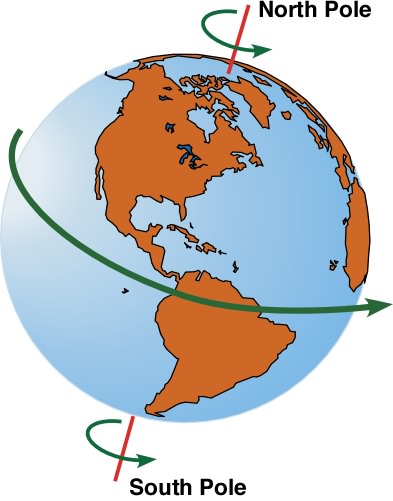Nasa Mars water announcement: agency announces it has found proof of flowing water, improving chances of supporting alien life
Nasa has announced that it has found evidence of flowing water on
Mars — a discovery with potentially huge implications for the
possibility of life on the planet.
Scientists have long suspected that the planet might have running
water. But the new findings confirm that it is on the planet, combined
with “hydrated salts” in a brine.
Normally, water on Mars freezes or evaporates, because of the intense
environment on the planet. But the addition of salts means that it is
much more stable, allowing it to survive on the Red Planet.
Scientists have long speculated that the Recurring Slope Lineae — or
dark patches — on Mars were made up of briny water. But the new findings
prove that those patches are caused by liquid water, which it has
established by finding the hydrated salts.
The new research is based on an analysis of spectral data from the
American space agency Nasa's Mars Reconnaissance Orbiter spacecraft.
Breaking down reflected light into its different wavelengths provides
a chemical "fingerprint" of what a substance is made of. The Mars
scientists devised a new method that allowed chemical signatures to be
extracted from individual image pixels, providing a much higher level of
resolution than had been achieved before.
“Recurring Slope Lineae (RSL) are seasonal flows on warm Martian
slopes initially proposed, but not confirmed, to be caused by briny
water seeps,” the team behind the discovery wrote in another paper, due
to be delivered this week. “Here we report spectral evidence for
hydrated salts on RSL slopes from four different RSL locations from the
Compact Reconnaissance Imaging Spectrometer for Mars on board Mars
Reconnaissance Orbiter.
“These results confirm the hypothesis that RSL are due to present-day activity of briny water. “
Source:http://www.independent.co.uk/news/science/nasa-mars-water-announcement-agency-announces-that-it-has-found-proof-of-flowing-water-on-mars-a6670446.html












